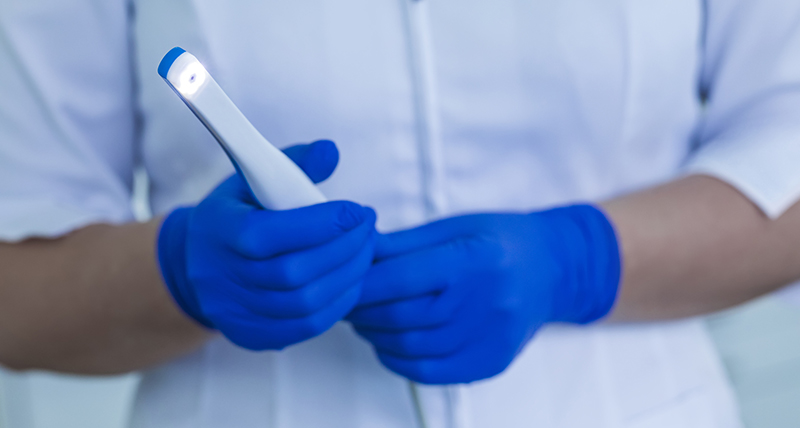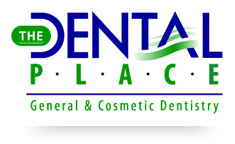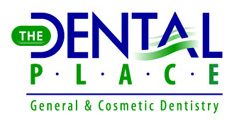At our office, we understand that better technology can mean better outcomes for our patients. That is why we have made the effort in investing in the right tools to help us provide the best care possible. Starting with our choice to use high-quality digital radiography, we want our patients to experience the latest in advanced dental technology.
We are always happy to talk about our dedication to the best in dental technology, so if you have questions, give us a call to learn more about our approach. From DIAGNOdent to easy intraoral scanners, our team is ready to help you experience dentistry in a new way.
Expert, advanced care for your smile. Right here in Grand Prairie.
Are you ready to make your next appointment with our team? Speak with our front office and set aside some time for a visit. Talk with your local Grand Prairie, TX dental office at 972-264-5795 today!
Experience Sophisticated Digital X-Ray Radiography
X-rays are a vital piece of technology for any oral health provider, and they help to identify problems before they become more severe. But did you know that there are different forms of radiography available to dentists? Some offices still use older methods for their care, but our team understands the value of high-quality digital radiography. This allows for clearer images, while limiting your exposure to radiation, and we recognize the importance of a safe and effective dental experience.
Identifying Cavities Earlier With DIAGNOdent Laser Technology
 In the dental world, we are always looking for new and enhanced methods to gain diagnostic information, and we are proud to utilize DIAGNOdent laser technology at our office. This is a portable laser system that tracks and identifies instances of decay based on how the light reflects off the enamel surface.
In the dental world, we are always looking for new and enhanced methods to gain diagnostic information, and we are proud to utilize DIAGNOdent laser technology at our office. This is a portable laser system that tracks and identifies instances of decay based on how the light reflects off the enamel surface.
DIAGNOdent offers a more advanced tool at cavity detection than visual examination alone, helping your dentist to spot problems at an earlier stage. By identifying cavities sooner, your dentist can save more of your natural tooth material, and you can take steps to avoid further tooth decay.
Taking A Deeper Look Into your Smile With An Intraoral Camera
 For some procedures, our team needs to take a close look at the structures of your smile. One of the tools that we use to do this is an intraoral camera, and this has greatly improved the process in terms of ease and comfort, all while improving our ability to create positive outcomes for our patients. Intraoral cameras are safe, quick, and easy, and they can be more comfortable for you during your visit with us. Ask about all of the ways that intraoral cameras can help as a diagnostic tool and you might be surprised at their usefulness!
For some procedures, our team needs to take a close look at the structures of your smile. One of the tools that we use to do this is an intraoral camera, and this has greatly improved the process in terms of ease and comfort, all while improving our ability to create positive outcomes for our patients. Intraoral cameras are safe, quick, and easy, and they can be more comfortable for you during your visit with us. Ask about all of the ways that intraoral cameras can help as a diagnostic tool and you might be surprised at their usefulness!
Ask Dr. Maxey About Our Dedication To Technology
Keeping your smile safe as you age takes dedication, and we want to make sure that we are putting forth the same effort. To find out more about our dedication to the latest in advanced dental technology, give us a call at our Grand Prairie, TX office today at 972-264-5795 today!

